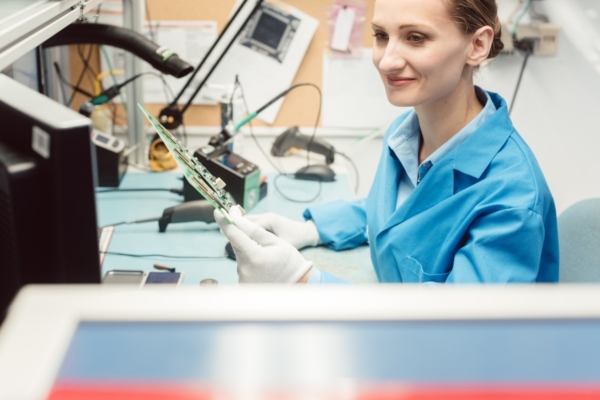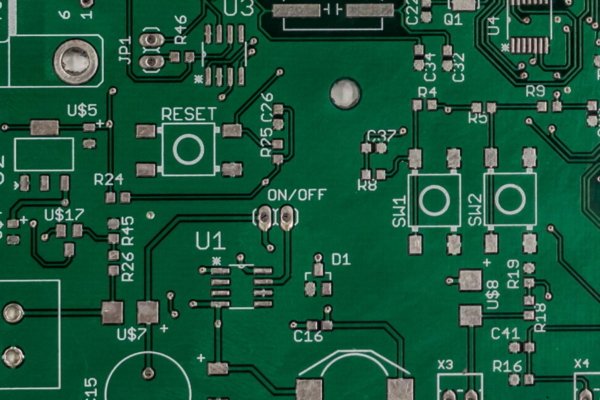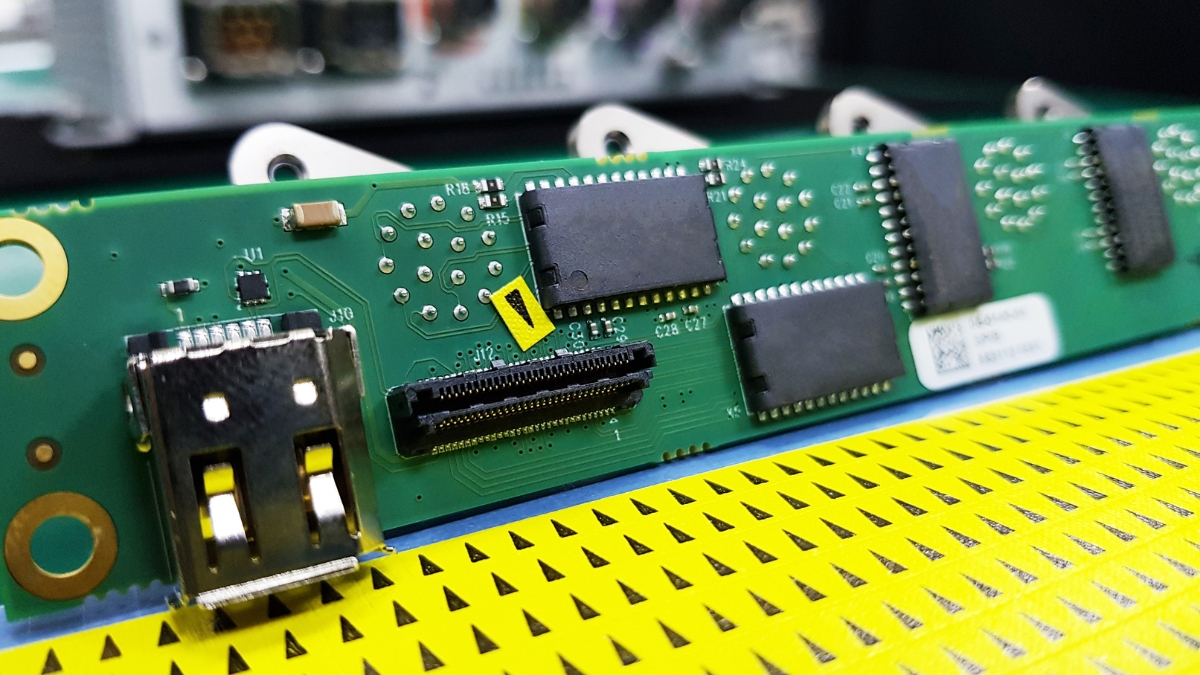What is Membrane Switch
A membrane switch is a type of interface that enables communication between a user and a machine, allowing the operator to interact with equipment, machinery, or instrumentation. It functions as a printed electronic circuit that utilizes pressure to establish or break an electrical connection. The circuitry of a membrane switch is typically created through screen printing, using conductive inks made of carbon or silver.
The construction of a membrane switch involves several layers that are carefully assembled. These layers include the graphic presentation layer, also known as the graphic overlay, which is typically made of flexible polyester. The graphic overlay serves as the visual interface, providing the user with information and control options. It can be designed with various colors, textures, and finishes using digital or screen printing methods.
The graphic overlay is bonded to the circuit layer through the use of an overlay adhesive, which is usually an acrylic adhesive chosen for its durability and ability to maintain adherence in different environments. The circuit layer, also referred to as the PCB layer, contains the necessary electronic components and features, such as conductive paths and dome structures. The conductive paths can be created using techniques like screen printing or photochemical etching.
To ensure proper functioning, the circuit layer is separated from the graphic overlay by a circuit spacer, which is typically a polyester spacer with adhesive on both sides. This spacer maintains the switch in a normally open state until pressure is applied. Another layer, known as the lower circuit layer, is present and terminates as a flexible tail that serves as the interconnect to controller PCBs or other electronic components.
The membrane switch assembly is completed with a rear adhesive layer, which securely attaches the switch to the product enclosure or housing. Additional support layers, such as aluminum, FR-4, or steel, can be included to provide structural integrity. These layers may also incorporate mounting hardware like studs and standoffs.
Membrane switches offer several advantages, including their sealed construction, which makes them easy to clean and sterilize. They have a low profile and are cost-effective compared to other keypad options. Their thin design saves valuable space in product applications. Membrane switches can interface with existing controllers and provide a versatile graphic interface. They can also offer features like tactile feedback, backlighting options, and resistance to UV radiation and water. The graphic overlays of membrane switches can be customized to resemble a wide range of surfaces, including metal, glass, stone, and wood.





